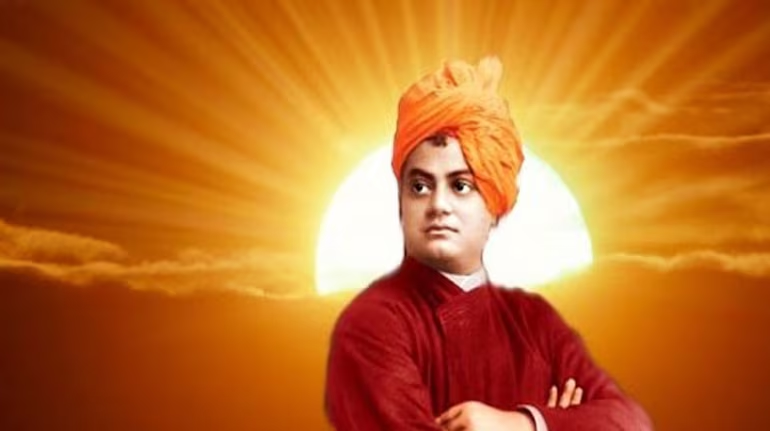Swami Vivekananda was a great Indian saint, social reformer, and spiritual guru. His real name was Narendranath Dutt and he was born on 12 January 1863 in Kolkata. Vivekananda ji's father Vishwanath Dutt was a famous lawyer and his mother Bhuvaneshwari Devi was a religious woman. Swami Vivekananda's life is an inspiration for every youth. The achievements he made in his life were not limited to him only but also became respectable for India and the countrymen. July 4 is the death anniversary of Swami Vivekananda. On this occasion, interesting stories related to the life of Swami Vivekananda can encourage you. Every Indian, especially every youth, should know about Swami Vivekananda. The life and teachings of Swami Vivekananda inspired spiritual awakening and service to humanity not only in India but all over the world.

Biography of Swami Vivekananda
Born in Kolkata, Narendra Nath Dutt (Swami Vivekananda) received his early education from Ishwar Chandra Vidyasagar's Metropolitan Institution. Later he completed his education at Presidency College and Scottish Church College. He was an extremely brilliant student and was interested in studies as well as music, sports, and other arts.
Meeting with Ramakrishna Paramahamsa
Narendranath's spiritual quest brought him to Ramakrishna Paramahamsa. His first meeting with Ramakrishna Paramahamsa took place in 1881. Ramakrishna Paramahamsa accepted Narendranath as his disciple and showed him the path to enlightenment.
Sanyaas and a new name
After the death of Ramakrishna Paramahamsa in 1886, Narendranath took sanyaas. Sanyasi Narendranath changed his name to Swami Vivekananda. After this, he traveled to different parts of India and saw and understood the condition of Indian society.
Chicago Parliament of Religions (1893)
Swami Vivekananda represented India at the World Parliament of Religions held in Chicago in 1893. Here his speech highlighted the importance of Indian culture and Vedanta philosophy in Western countries. His speech began with the address "Brothers and Sisters of America", which won everyone's heart. The Parliament of Religions echoed with thunderous applause for two minutes.
Establishment of Ramakrishna Mission
In 1897, Swami Vivekananda founded the Ramakrishna Mission, dedicated to his guru Ramakrishna Paramahansa, whose aim was to serve society through service, education, and spirituality. This mission started many hospitals, schools, and social service works. Apart from this, he founded the Baranagore Monastery, which later became the headquarters of the Ramakrishna Mission. The purpose of this monastery was to support religious, social, and educational work.
Writings and Teachings
Swami Vivekananda wrote many books and articles, prominent among which are "Rajyoga," "Gyanyoga," "Karmayoga," and "Bhaktiyoga." His teachings were based on self-knowledge, self-reliance, and service to humanity.
Death of Swami Vivekananda
Swami Vivekananda died on 4 July 1902 at Belur Math. He was only 39 years old, but the impact of his life and work is widely felt even today.
(PC: Google)










